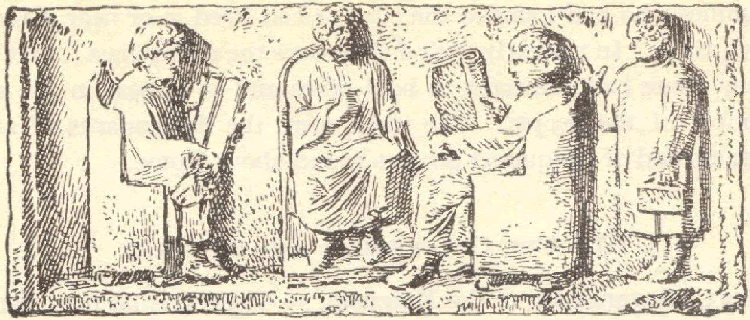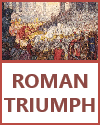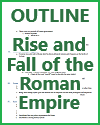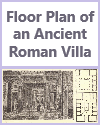| Classical Education in Ancient Rome |
|---|
| www.studenthandouts.com ↣ World History ↣ Ancient Rome ↣ Ancient Rome Maps & Pictures |
 |
|
An Ancient Roman School Scene: Bas-relief from a tombstone. The two older sons of a landowner are reading under the direction of a tutor. The youngest son, wax tablets in hand, stands waiting for his turn to recite. Click here to enlarge.
In ancient Rome, schools, known as ludus or scholae, varied in size and quality, but they generally followed a structured educational system. Types of Schools:
Students: The educational system was primarily designed for boys, and girls had limited access to formal education. Education was generally reserved for the upper classes, but some children from less privileged backgrounds attended rudimentary schools. Teachers: Roman teachers were often slaves or freedmen, especially for elementary education. However, some well-regarded teachers gained respect and status in society. Wealthier families might hire private tutors. Teaching Methods: Education was rigorous, and students were expected to memorize classical texts. Discipline was strict, and corporal punishment was not uncommon. Students were often divided into classes based on their age and skill level. Facilities: Schools were generally small and unadorned, with simple wooden benches and writing materials. Rhetoric schools might have more sophisticated facilities, including lecture halls. Duration: The length of education varied, but Roman students typically received several years of formal education. The educational journey often ended with the completion of a student's rhetoric training. Ancient Texts: Roman education focused on classical literature and texts, including works by Cicero, Virgil, and other prominent Roman and Greek authors. Decline: As the Roman Empire declined, so did the educational system. The classical curriculum waned, and the schools became less prestigious. The educational system in ancient Rome was largely an affair for the elite, and it played a significant role in the propagation of Roman culture and values. It emphasized oratory, literature, and the study of classical texts, contributing to the intellectual legacy of the Roman world. |
 |  |  |  |  |  |
| Ancient Rome Books and Films | Ancient Rome Outlines and PowerPoints |
| Ancient Rome Maps and Pictures | Ancient Rome Study Games |
| Ancient Rome Miscellany | Ancient Rome Worksheets |
| www.studenthandouts.com ↣ World History ↣ Ancient Rome ↣ Ancient Rome Maps & Pictures |








